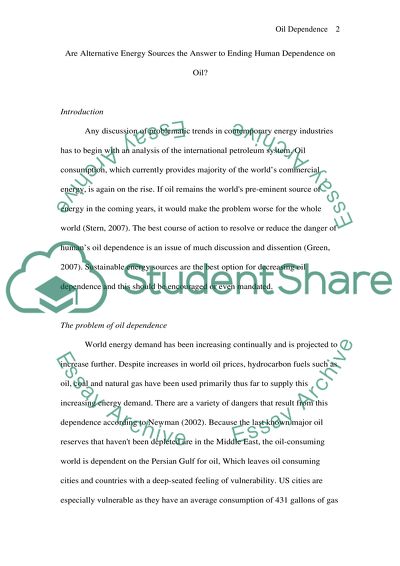Cite this document
(“Alternative energy sourses Research Paper Example | Topics and Well Written Essays - 2000 words”, n.d.)
Retrieved from https://studentshare.org/environmental-studies/1396621-environment
Retrieved from https://studentshare.org/environmental-studies/1396621-environment
(Alternative Energy Sourses Research Paper Example | Topics and Well Written Essays - 2000 Words)
https://studentshare.org/environmental-studies/1396621-environment.
https://studentshare.org/environmental-studies/1396621-environment.
“Alternative Energy Sourses Research Paper Example | Topics and Well Written Essays - 2000 Words”, n.d. https://studentshare.org/environmental-studies/1396621-environment.


